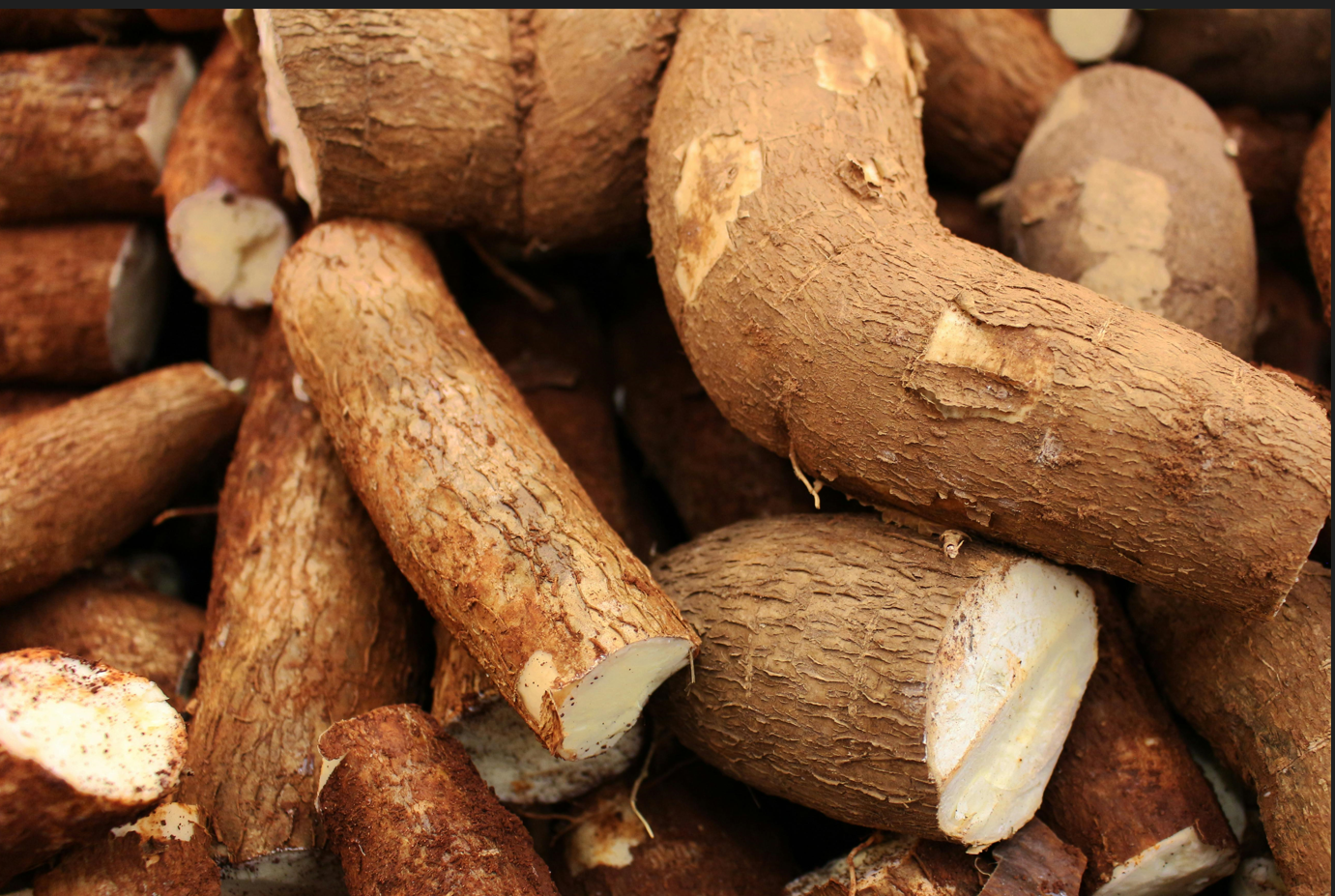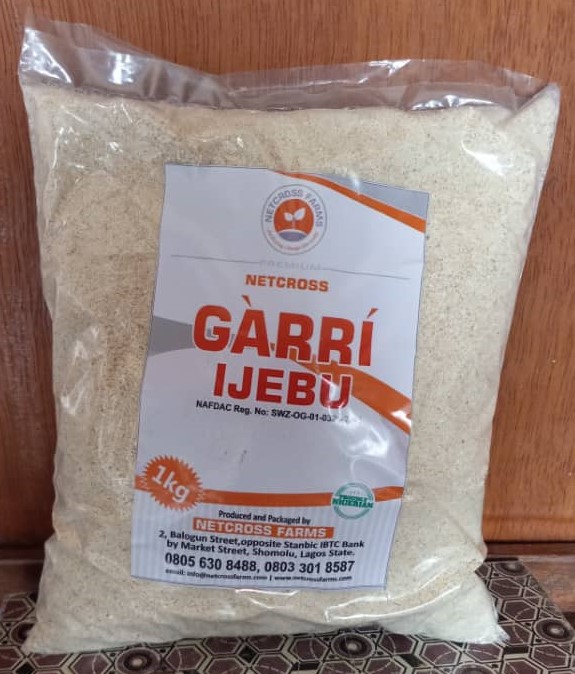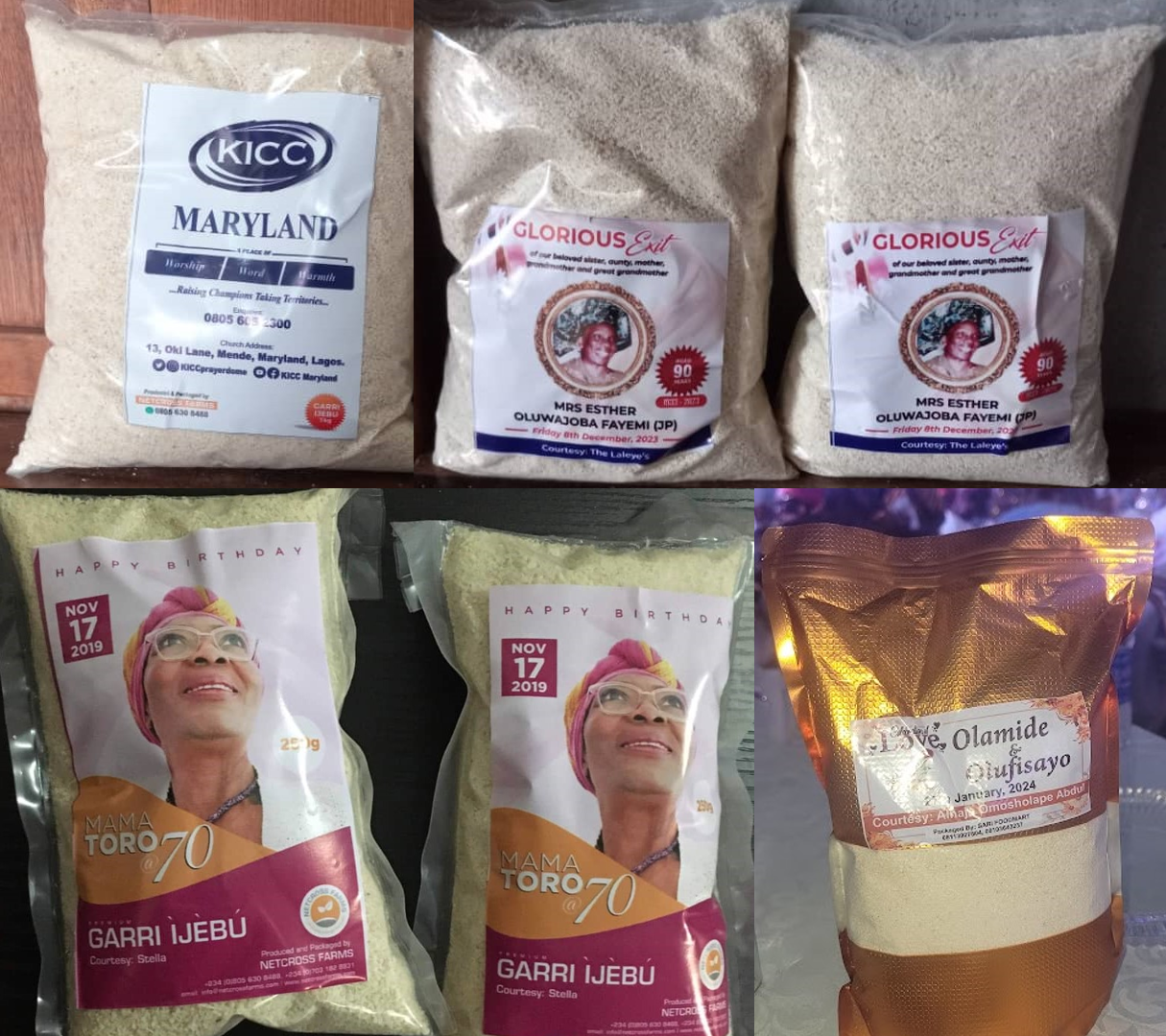
Cassava, or “Manihot esculenta” for the scientifically inclined, is a staple food for millions across Africa. It’s versatile, resilient, and, let’s face it, sometimes downright funny in its processing journey. From the fields to the dining tables, the transformation of cassava into beloved dishes like garri, fufu, and tapioca is filled with quirky, hilarious, and sometimes baffling moments that make for a compelling story. Buckle up as we take you on a humorous and educative ride through the fascinating world of cassava processing!
Harvesting Adventures
Harvesting cassava is no ordinary task. Picture this: a farmer in Nigeria, armed with a machete, hacking away at the soil to unearth the root tubers. Sometimes, these roots are so stubbornly entrenched that it seems like they’ve grown fond of the underground life and refuse to come out without a fight. This battle often involves a lot of grunting, pulling, and occasionally, an unplanned tumble into the mud.
In rural parts of Nigeria, especially during the dry season, farmers often joke about needing to wrestle the cassava roots out of the ground, sometimes losing a boot in the process. It’s all part of the cassava charm!
Peeling with Panache: The Skin-Deep Struggles
Once harvested, the next step is peeling. Sounds simple, right? Well, imagine doing it without a peeler! Many communities still use traditional methods, involving knives and nimble fingers. There’s a certain finesse required to peel without wasting the precious starchy goodness inside.
In Ghana, there are friendly competitions among women to see who can peel the most cassava in the shortest time, all while sharing stories and laughter. Inevitably, someone always ends up cutting a piece too deep or peeling it all in one long, spiraling strip, much to everyone’s amusement.
Fermentation Follies: The Smelly Side of Processing
Fermenting cassava for products like fufu can be a smelly affair. The roots are soaked and allowed to ferment, often emitting a pungent odor that’s not for the faint-hearted. This stage is crucial but can be quite the olfactory assault.
It is not uncommon in Cameroon to hear jokes about the “fragrance” of fermenting cassava wafting through villages. Locals have a good-natured laugh about how the smell can keep unwelcome visitors away.
Garri: The Final Flourish

Turning cassava into garri or fufu is where the magic happens. It involves grating, pressing, and frying for garri or pounding for fufu. The rhythmic pounding of cassava into fufu is almost musical, and in some communities, it turns into a communal event with songs and dance.
In some Ijebu communities of Ogun state, Nigeria; the process of turning cassava into garri often involves the whole family. Children join in by sieving, while adults take turns at the frying. Amidst this, you’ll hear plenty of jokes and teasing about who’s doing the best (or worst) job.
Cassava Cuisine: From Humble Roots to Heavenly Dishes
Once processed, cassava becomes the star ingredient in numerous dishes. Whether it’s the crispy, golden garri, the smooth, stretchy fufu, or the versatile tapioca, cassava never fails to delight the taste buds. The journey from field to fork, filled with humorous mishaps and triumphant successes, makes the end result even more delicious. In Nigeria, garri is so popular that it’s eaten in numerous ways – soaked in cold water with sugar and groundnuts as a snack, or cooked into eba to accompany soups. The versatility of garri often leads to playful debates about the “right” way to enjoy it, sparking good-natured rivalry among friends and family.
Embrace the Humor, Enjoy the Food
The funny side of cassava processing not only highlights the resilience and creativity of African farmers and families but also underscores the communal spirit that makes this staple food so special. It’s a reminder that even in the most mundane tasks, there’s always room for laughter and joy.
Garri: From Humble Staple to Party Delicacy and Souvenir in Nigeria

Beyond its traditional role as a household staple, garri has recently taken on new cultural significance as a delicacy and a unique souvenir at parties and celebrations across Nigeria. At upscale events, garri bars allow guests to customize their soaked garri with a variety of toppings, while innovative chefs create gourmet garri dishes that highlight its versatility. These modern twists on a classic favorite not only bring a nostalgic touch to celebrations but also showcase garri’s adaptability in contemporary cuisine.
Beyond its culinary appeal, garri has also become a popular party favor. Custom-packaged garri, adorned with elegant labels like the pictures of the celebrant and ribbons, serves as a meaningful and practical souvenir that guests can enjoy long after the event.
This trend has gained traction on social media, with hashtags like #GarriBar and #GourmetGarri celebrating garri’s new status. By incorporating garri into parties, Nigerians are honoring their cultural heritage while adding a unique and appreciated element to their celebrations.
Conclusion
Cassava, with its quirks and challenges, is more than just a food crop; it’s a source of community, laughter, and shared experiences. By embracing the humor in its processing, we can appreciate the hard work and cultural significance that goes into every bite of garri, fufu, or tapioca. Garri’s journey from a humble household staple to a celebrated party delicacy and cherished souvenir is a testament to its enduring appeal and cultural significance in Nigeria. By embracing innovative ways to serve and present garri, Nigerians are not only preserving their culinary heritage but also celebrating it in new and exciting ways.
For agripreneurs and food enthusiasts across Nigeria and Africa, understanding and sharing these stories can create compelling content that resonates with readers, fostering a deeper connection to this vital crop. Embrace the funny side of cassava processing, and let’s celebrate the joy and laughter it brings to our tables.
So next time you enjoy a plate of garri or fufu, remember the humorous journey it undertook to get there – and maybe share a laugh with those around you. After all, in the world of cassava, every meal has a story worth telling!


